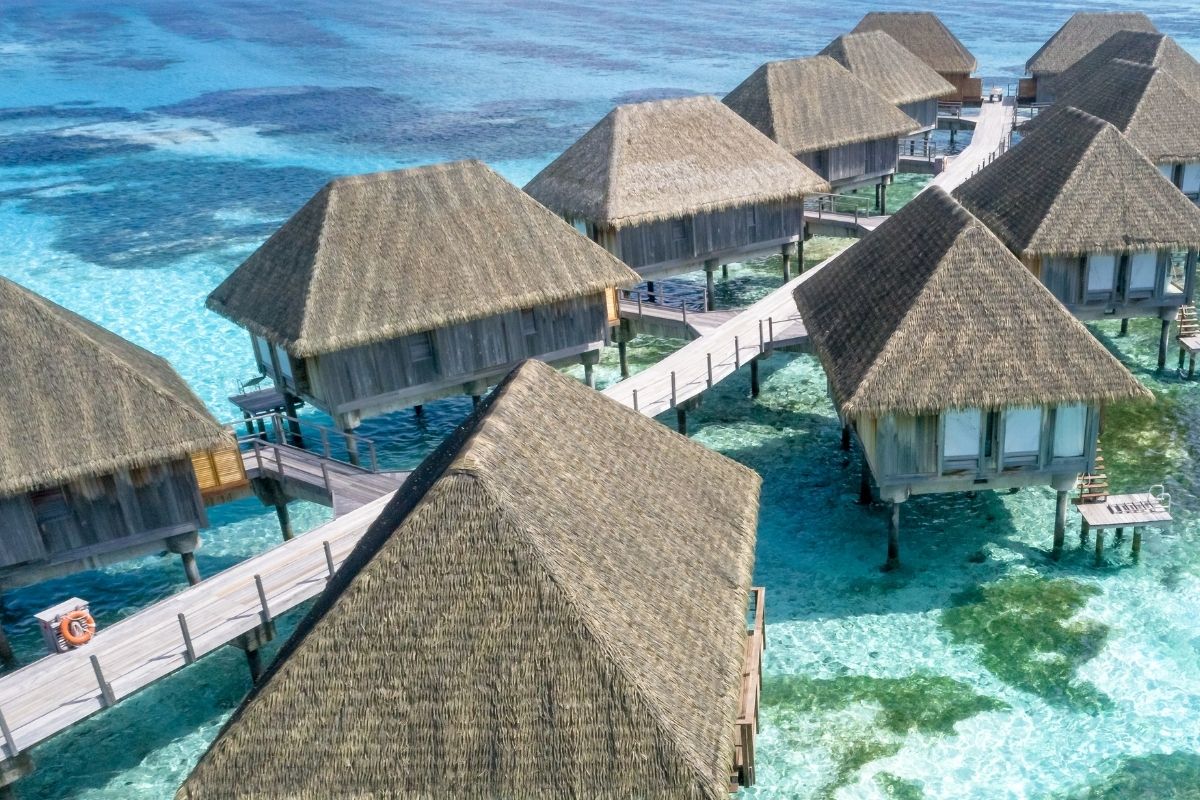Trends In Travel and Tourism: How Technology Is Transforming the Travel Industry
Technology has transformed the way we travel. If we think about it, we use technology from the moment we leave until the moment we return. When you think about what inspires you to travel, many of us will say it’s because of Facebook or Instagram. We will think of these destination accounts, such as beautiful destinations that show inspiring photographs of places we’d love to travel to.
Once we’ve been inspired, we have to plan our trip. We might use the airline or travel agent apps, but also apps such as TripIt, that provide all that information in one clear package so that we know where we’re going and where need to be. When we book for the best price, we might use price comparison websites like Trivago. This is a very interesting model because a price comparison website doesn’t book a room for you. It only gives you price comparisons. You have to click on the company you want to book with.
So, how does Trivago make money? Well, every time you click, it receives a commission from the person that completes your booking. After returning from the trip, we might leave a review. Travel reviews are incredibly important because they have a great influence on future travelers.
TripAdvisor is by far the largest travel review app and has recently moved into providing travel bookings. Technology surrounds the whole wheel of travel, as we call it, and is with us almost every step of the way. The way technology has transformed the travel industry means that there are now more professional opportunities for people that we didn’t see in the past. For example, how Instagram influences our travel decisions. There are influencers there that get paid for posting certain photos, ads, and videos about properties and destinations.
Google Guides is also a great way for people to review and influence other people’s traveling. Another area where technology has helped people in developing their own business ideas and becoming a part of a community is reviews. Google Local Guides is an excellent example of how people leave reviews that influence where other people go. And that might lead to professional opportunities down the line. Someone might hire you based on the reviews you have written.


